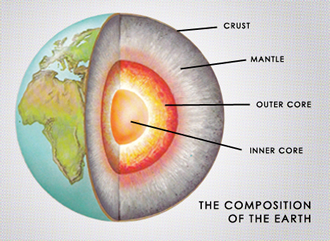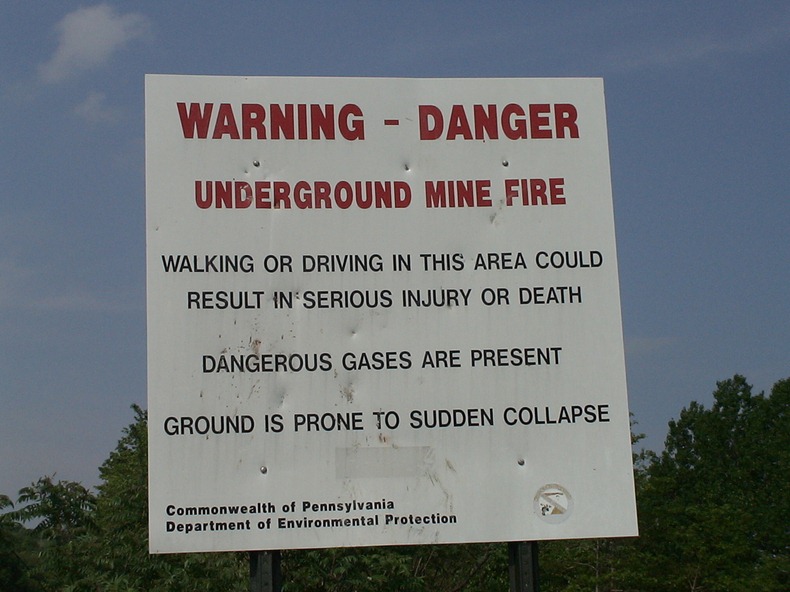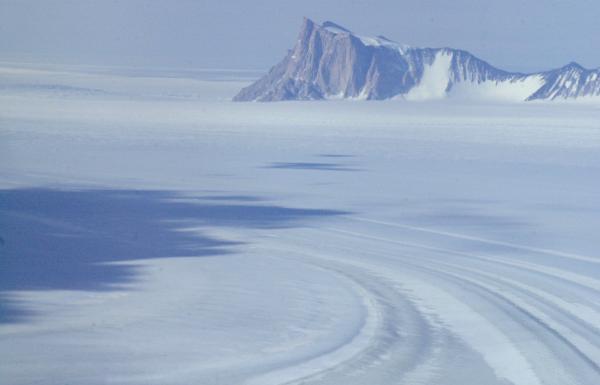
The planet Earth is huge. It is so large that we could not even fathom it’s size, the Earth has been estimated to weigh around 6 million, billion, billion kg (that’s 24 noughts!), we consider our planet to be the “blue planet” due to the amount of water but in reality water makes up less than 0.1 % of the entire planet’s mass.
The Earth’s surface contains 70% water, the vast oceans of Earth span for tens of thousands of kilometres, however in comparison to the size of the planet, the Earth’s surface is a tiny portion of the world. For example, in the Earth’s crust, the first layer of the Earth, which is around 35km below earth (which is around the length of the city of London) the mass of the land is 40 times greater than that of the oceans due to the sheer size of the bedrock.
However the Earth’s crust is like the skin of an apple, it is incredibly thin compared to the other layers of the Earth, the mantle and the core. The mantle makes up 84% of the Earth’s mass by itself and the searing hot metal core makes up 15%, leaving 1% of the Earth made up of the crust/surface.
It is in the mantle where we have recently discovered vast reservoirs of water deep beneath the surface of the Earth,. There is a mineral in the Earth’s mantle named Ringwoodite which has the ability to trap water under high pressure deep in the “transition zone” between the upper and lower mantle in tiny molecular form. Researchers believe that as much as 1% of the mass of the “transition zone” that is water, this may not seem like much but that would equate to more than 3 times the amount of water in the mantle as there is in all of the oceans on the surface combined!
The discovery of water deep beneath the Earth’s surface may give some answers as to how our oceans formed on Earth. Perhaps the water formed underneath the Earth and came out of the ground to the surface. The current common theory is that massive ice comets hit the planet and melted, but this new knowledge may prove otherwise.
Also the intense temperature and high pressures of the mantle make it seem unlikely there is any life surviving down there but who knows. There are some who survive in similar circumstances.
Further Reading:
- http://www.astrobio.net/news-exclusive/scientists-detect-evidence-oceans-worth-water-earths-mantle/
- http://www.livescience.com/46292-hidden-ocean-locked-in-earth-mantle.html
- http://www.extremetech.com/extreme/184564-scientists-discover-an-ocean-400-miles-beneath-our-feet-that-could-fill-our-oceans-three-times-over





